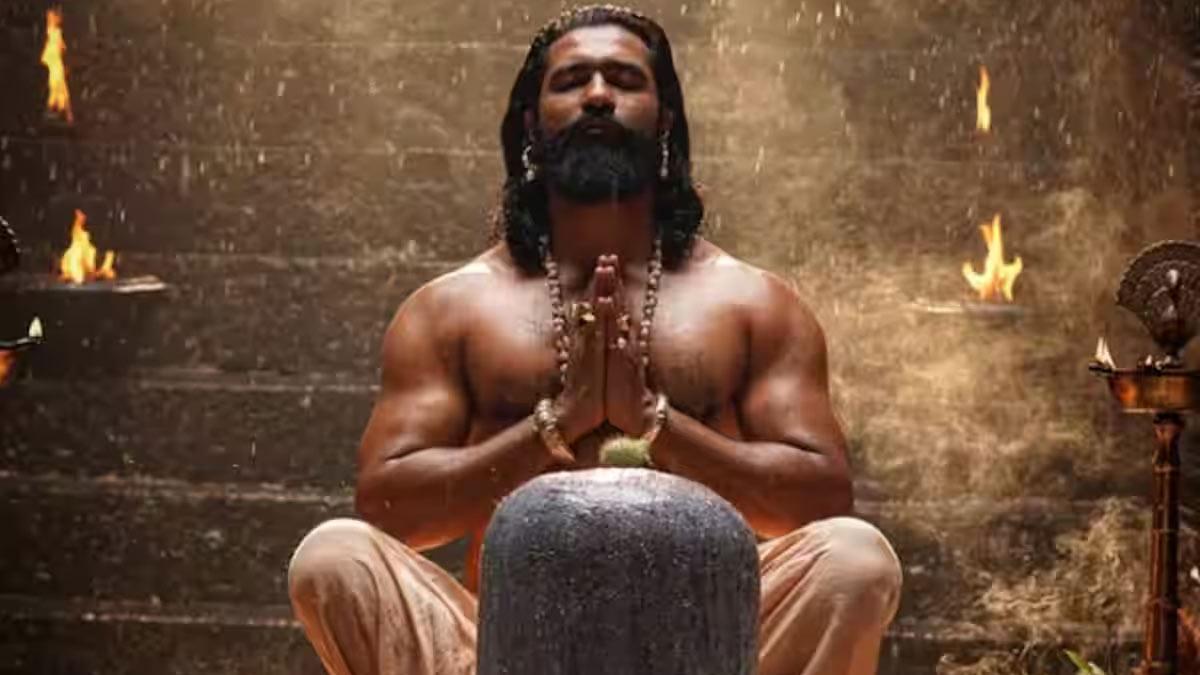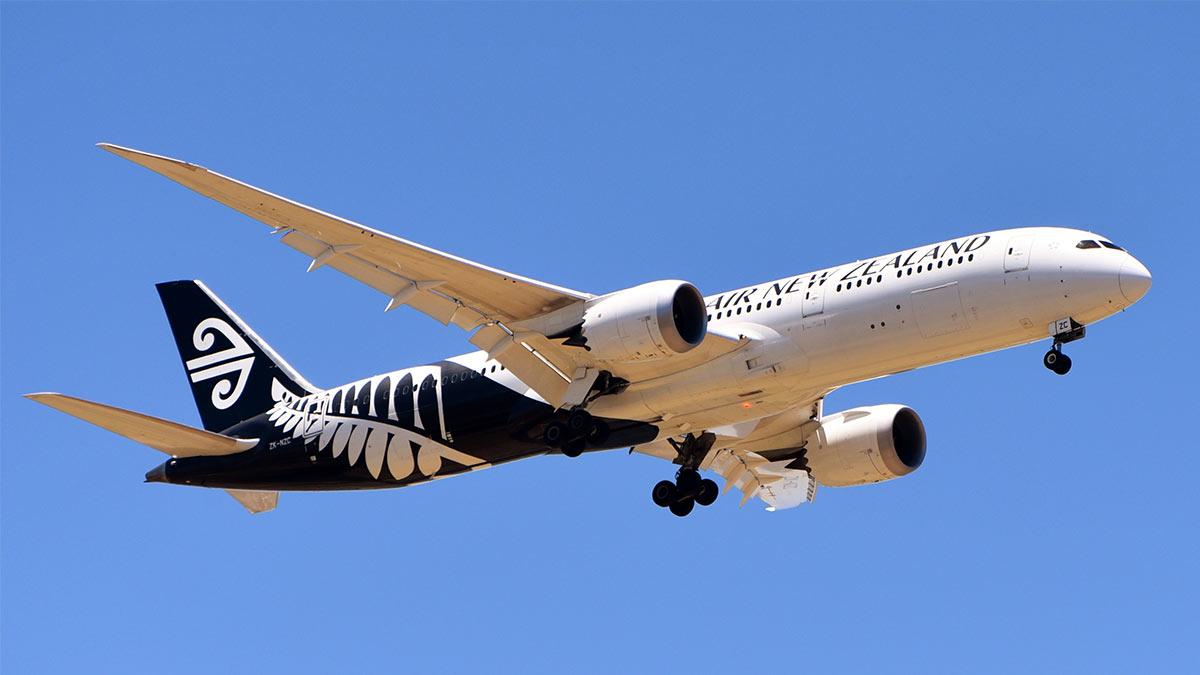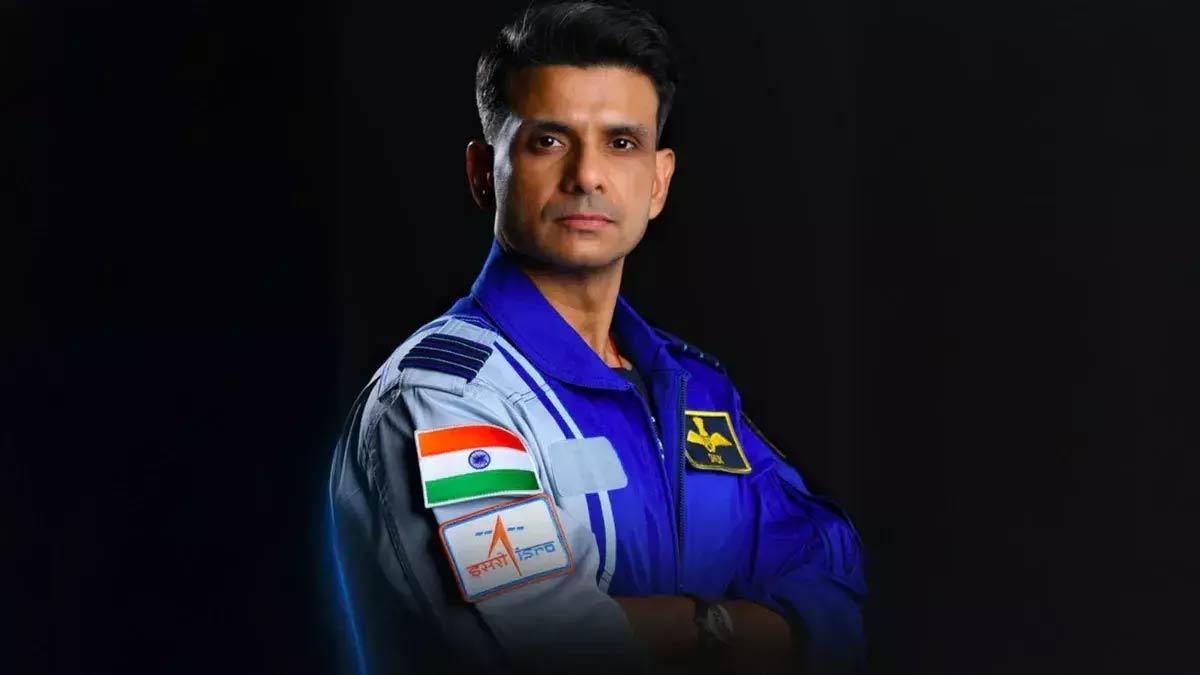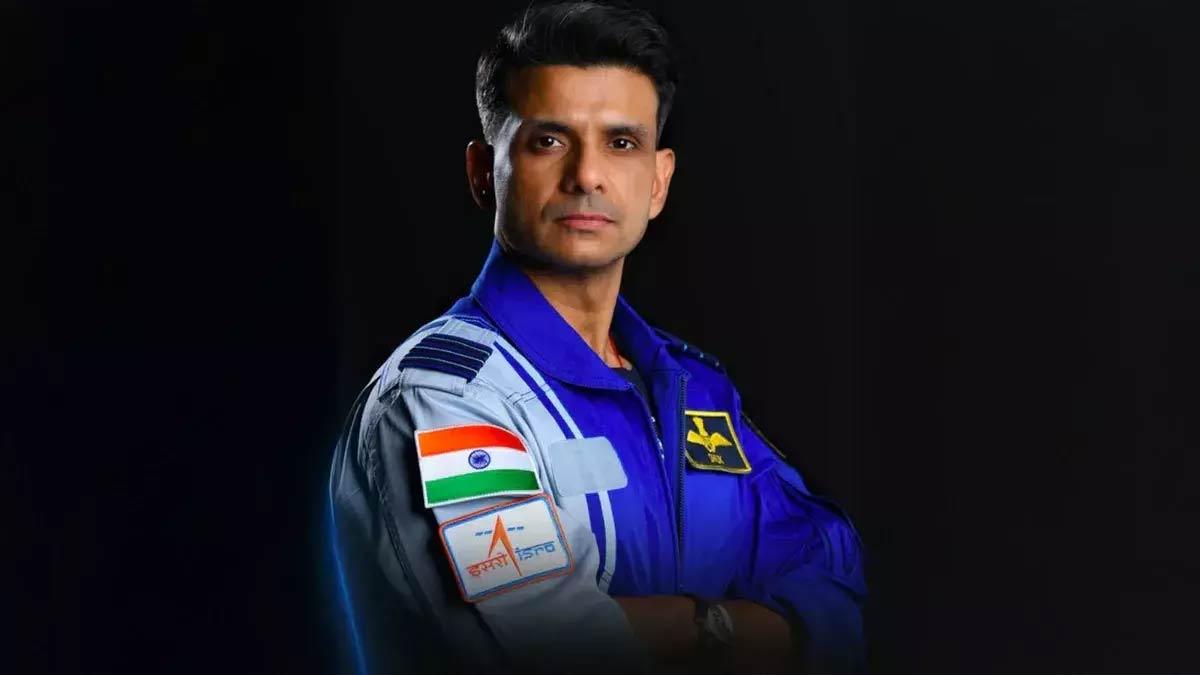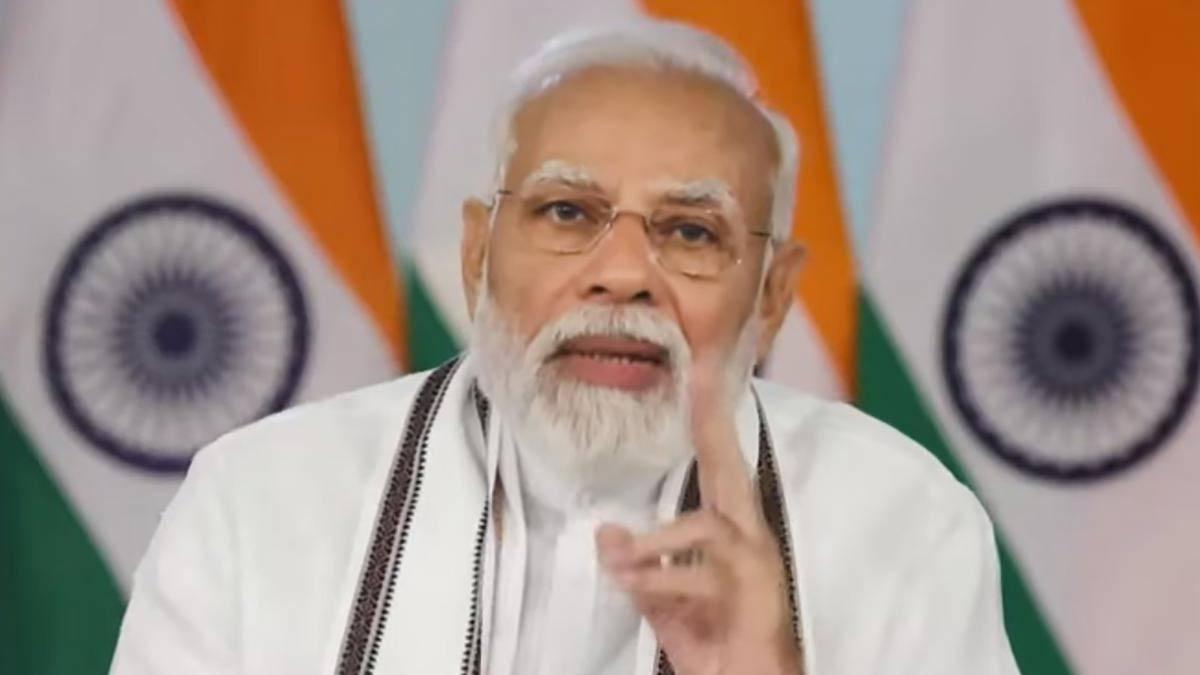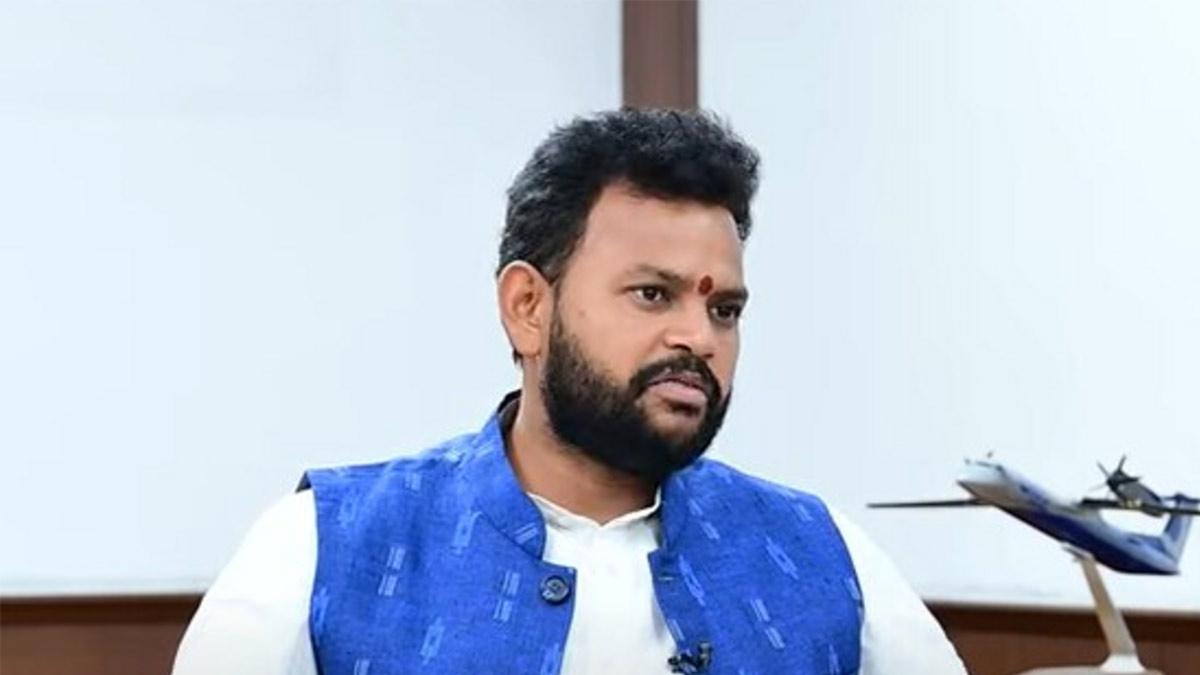In a historic moment for international space exploration, the SpaceX Falcon 9 rocket blasted off from NASA's Kennedy Space Center in Florida, carrying a four-member international crew aboard into orbit toward the International Space Station (ISS).
Approximately seven and a half minutes after launch, the first stage of the rocket safely returned to Earth, another milestone in reusable spaceflight technology.
On board the Crew Dragon spacecraft was Group Captain Shubhanshu Shukla, who has now become India's second citizen to venture into space. The spacecraft proceeded on its course to the ISS after an imperative stage separation.
The launch had experienced several setbacks — six previous delays poised to become a seventh when a last-minute glitch with software halted the upload of critical weather data. To their relief, engineers fixed the problem just in time, and the Falcon 9's massive Merlin engines roared to life mere seconds after 12:01 PM IST.
The Falcon 9 rocket blasted off from Launch Complex 39A, the same launchpad where Neil Armstrong blasted off to the Apollo 11 mission to the moon in 1969. That marked the official beginning of Axiom Mission 4 — or AX-4.
What is Falcon 9?
Designed and manufactured by SpaceX, Falcon 9 is a two-stage, reusable rocket that has redefined space missions by significantly reducing launch prices. It is the world's first reusable orbital-class rocket.
The rocket is powered by nine Merlin engines, which burn rocket-grade kerosene and liquid oxygen in a gas-generator power cycle. The rocket and the engines have both been optimized for reusability.
The first stage of the rocket takes the payload — in this instance, the Crew Dragon capsule — to a specified altitude and speed. When it has finished its task, the booster stages away and makes a solo flight back to Earth. In this flight, SpaceX has now successfully landed 451 boosters.
Journey to the ISS
The Crew Dragon spacecraft will dock with the ISS about 28 hours after liftoff, at an altitude of about 400 kilometers (about 250 miles) above the planet. The four astronauts from India, the United States, Poland, and Hungary, during their 14-day visit, will conduct a total of 60 science experiments. Interestingly, seven of these have been suggested by Indian researchers.
As the capsule soared into outer space, Group Captain Shukla, now inscribed in Indian space history, sent his initial message from orbit: "We are in orbit around the Earth. This is the beginning of India's manned space programme. Jai Hind, Jai Bharat."
Read also| Shubhanshu Shukla Carrying Aspirations Of 1.4 Billion Indians, Says PM Modi











